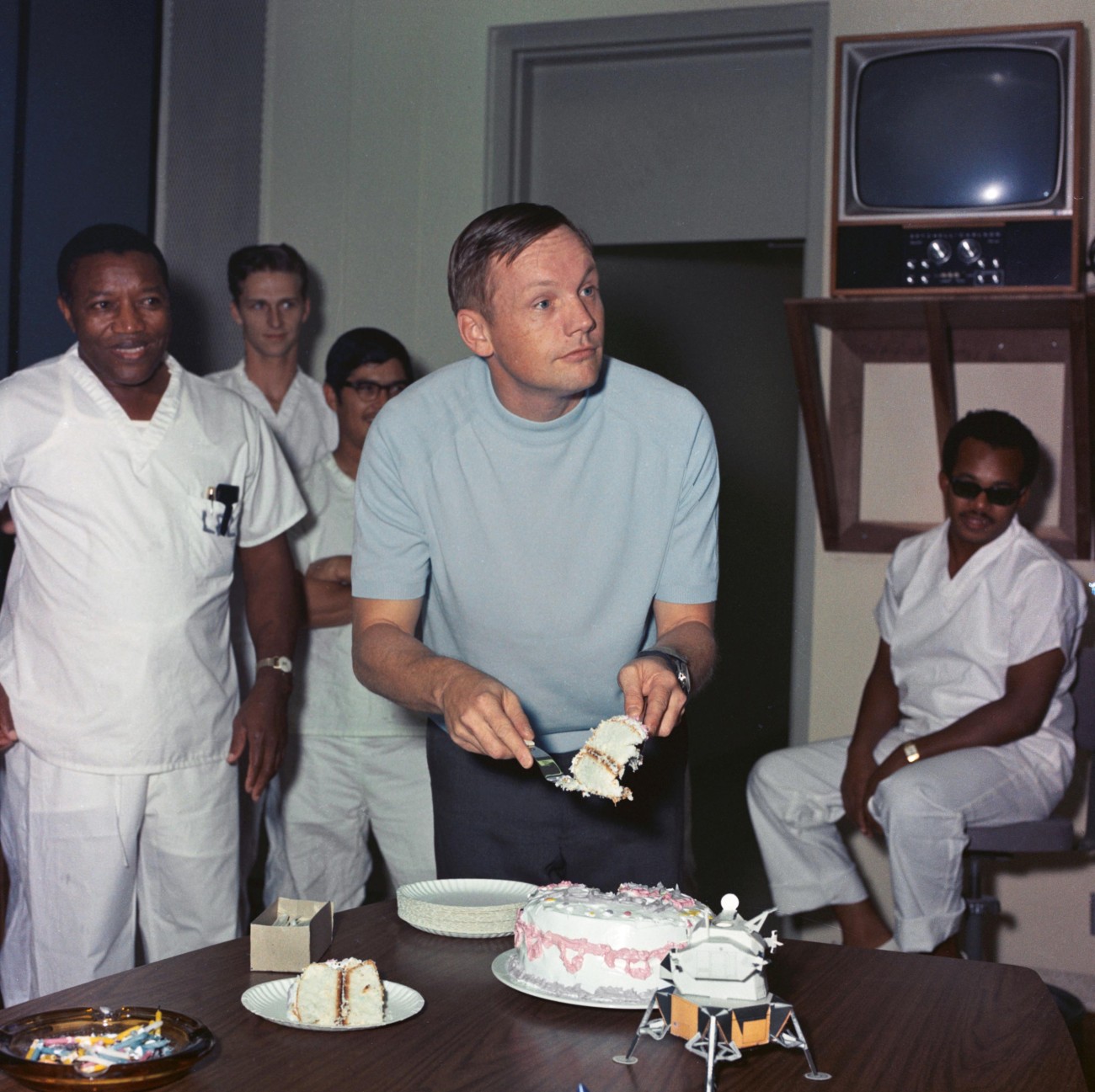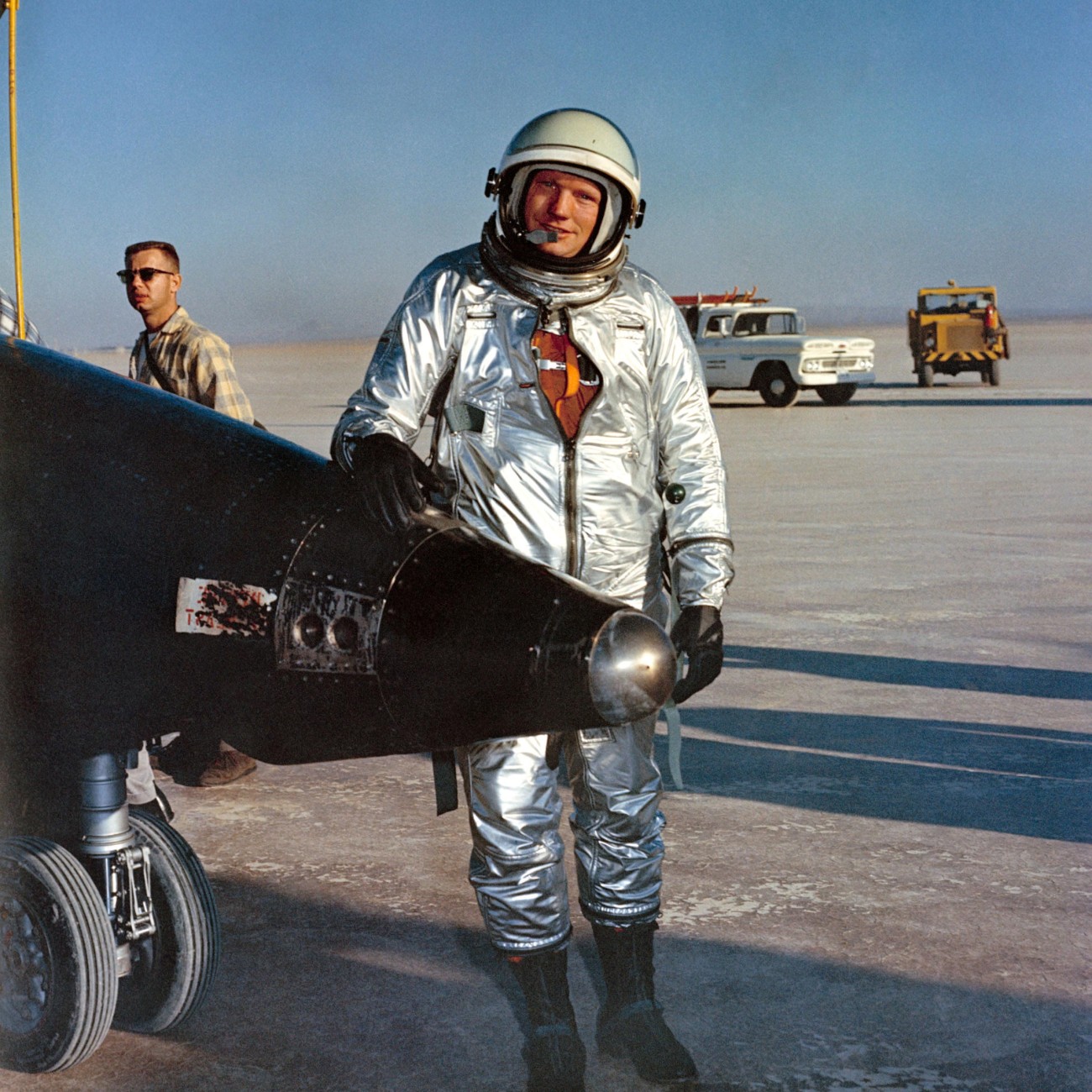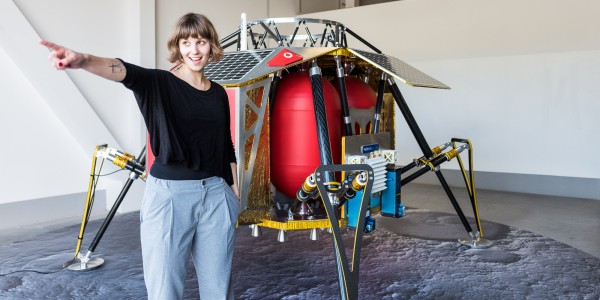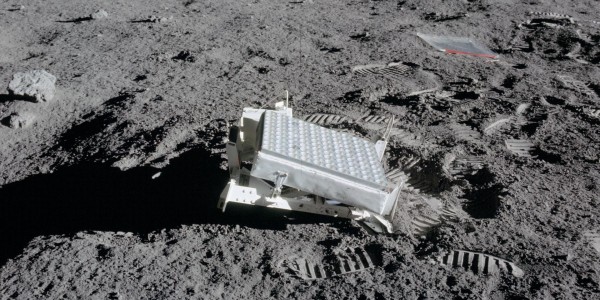Over the decades since the moon landing, some have wondered if Neil Armstrong actually composed the most famous sentence of the 20th century. When the astronaut first set foot on the moon on July 20, 1969, he said: “That’s one small step for a man, one giant leap for mankind.” In the NASA press conferences that followed, hardly anyone could explain how such a brilliant sentence for the ages could spring from the lips of such a taciturn man of few words. Although Armstrong was considered an extremely cool-headed and exceptional pilot, he wasn’t known for inspiring oratory. But those were, in fact, his words.
Neil Armstrong: Commander Cool
As a child, Armstrong builds his own wind tunnel
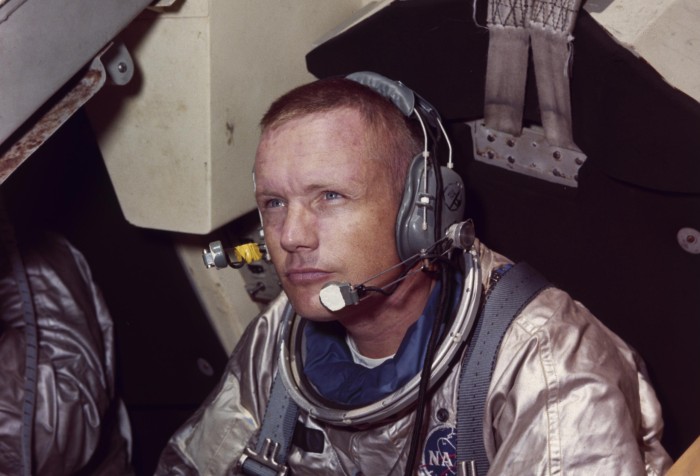
Neil Armstrong - like Buzz Aldrin and Michael Collins - was born in 1930, during the Great Depression. In contrast to his companions in the moon landing, he did not come from a military family; his father was an auditor for the state of Ohio. Because of his father’s job, his family moved 16 times during Armstrong’s childhood before finally settling in Wapakoneta, Ohio. Even though Armstrong was shy and reserved, and remained so throughout his life, he had a talent for quickly making close friends wherever he went. At five, he boarded an airplane for the first time for an unforgettable flight with his father over the city where they were living. While Armstrong’s father was afraid of crashing, the young boy placidly contemplated the world from above.
From that moment on, airplanes fired the inquisitive boy’s imagination. Soon countless paper models dangled from his bedroom ceiling, and he even built a wind tunnel to find out which shape was most aerodynamic. He demonstrated his intelligence in other ways as well: He skipped the third grade, and he became Eagle Scout, the Boy Scouts’ highest rank.
Armstrong started flying lessons at age 15, paying for them with money he earned at an after-school job. He received his pilot’s license on his 16th birthday, and he was flying planes before he got his driver’s license! When recounting his experiences in the air to his mother, he always came across as astoundingly matter-of-fact or even emotionless - never showing enthusiasm or excitement. And much later, as a fighter pilot in Korea, he stayed calm and kept his cool even during the most precarious maneuvers.
Armstrong’s audacity ends up nearly costing him his life
Neil Armstrong’s college education was financed by the Navy in exchange for three years of service. He studied aeronautical engineering, became a fighter pilot and then a test pilot. Meanwhile, he married his childhood sweetheart, Janet, and they had two sons and a daughter. A never spoke about the death of his two-year-old daughter, nor did he reflect on his own mortality. When asked shortly before his flight to the moon what he thought of his chances of surviving the adventure, he remarked drily: “We prefer not to think about death.” He wouldn’t have been the first person to die working for NASA, and he nearly lost his life a year before the moon launch: While he was training with “flying bedstead,” as the astronauts called the ungainly Lunar Landing Research Vehicle (LLRV), it suddenly went into a tailspin. Armstrong was able to eject seconds before it crashed. He floated safely to the ground in his parachute and soon was sitting tranquilly at his desk again. He seemed to have ice in veins and always kept his cool. His high school yearbook put it aptly: “He thinks, he acts, ‘tis done.”

